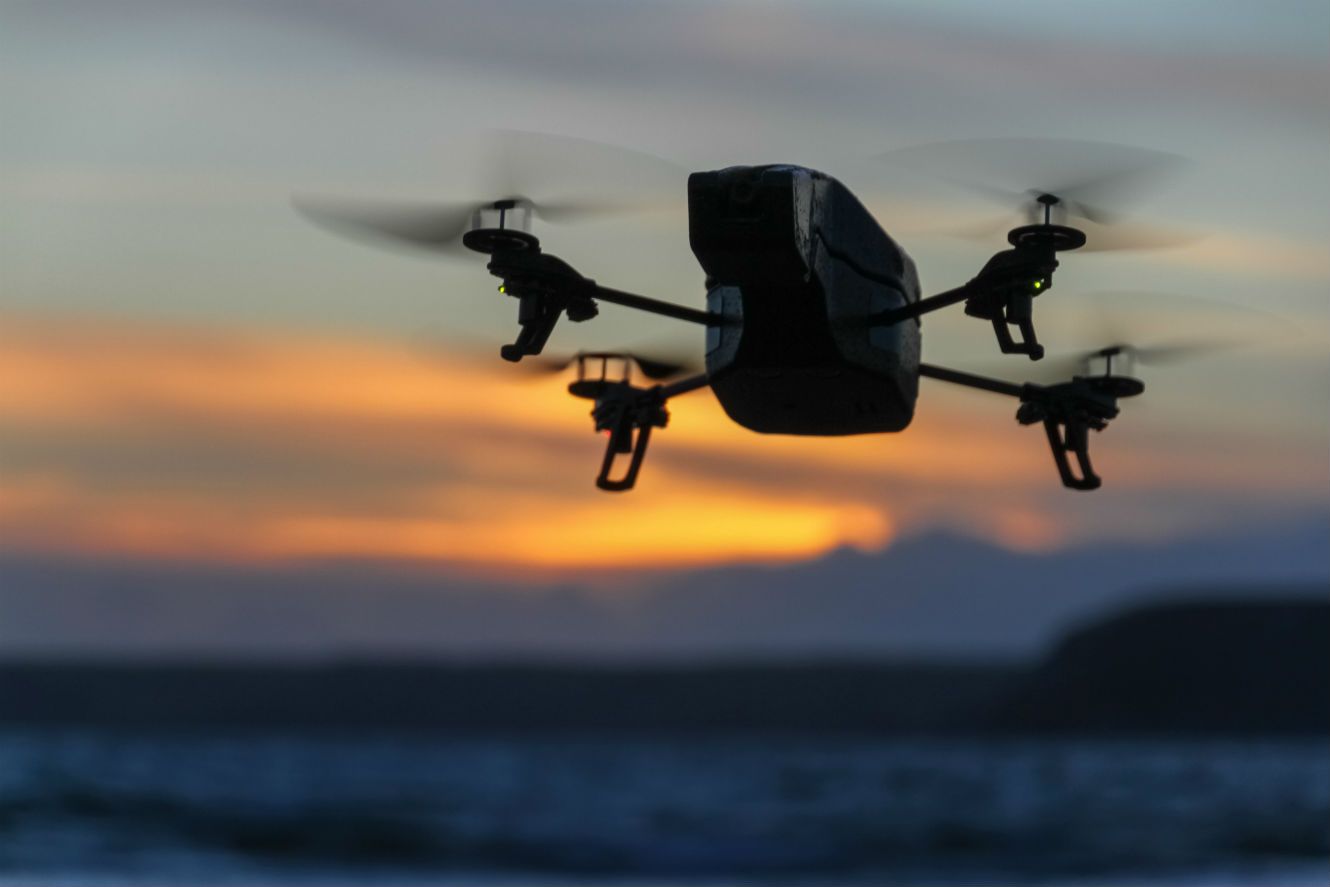The nearly successful drone assassination attempt on Venezuelan President Nicolas Maduro earlier this month highlighted yet again a persistent worry for U.S. defense planners: the possibility that a swarm of cheap drone-borne bombs might overwhelm the sophisticated defenses a U.S. base or ship. While the defense industry has seized upon this concern and is currently at work developing new high-tech solutions to this problem, the Department of Defense can’t rely on those alone. It makes sense to develop such solutions, but the Department of Defense procurement process is long and the threat is now. With a little ingenuity, there is much that can be done with existing technology to defend effectively against drone threats. Accordingly, this article focuses on the measures the Department of Defense can employ now, with existing technology, to mitigate the threat of drone swarms.
The Current Problem
The drone swarm threat to U.S. naval installations and ships is already quite serious. Only a small amount of explosives and shrapnel would be required to cause significant damage to many of the most important radars, cameras, and important flight systems on ships, missiles, and aircraft. Damaging critical equipment would put military platforms out of action for several weeks or even months and put intense pressure on naval logistics chains and maintenance organizations at a time when they are already hard pressed to keep up with current demands. Even more importantly, such an attack orchestrated on a grand scale could leave U.S. forces unable to respond to critical events around the world in sufficient time to fulfill U.S. defense commitments to allies and friends.
